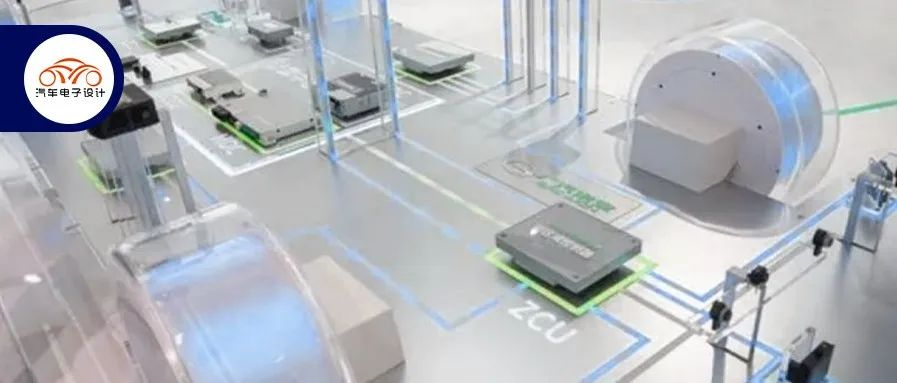This matter needs to be combined with the “Xingling” electronic and electrical architecture that GAC Motors released a while ago. In fact, it will arrive earlier than we expected. By 2023, electric vehicles with a Computer+Zonal architecture focused on the vehicle will be launched in China. The core logic is that although it is unclear whether the software capability can keep up, the planning of the architecture (which is like the foundation) cannot lag behind. There is a bit of infrastructure ahead of development, waiting for subsequent car company coders to fill in the software capability of the architecture.
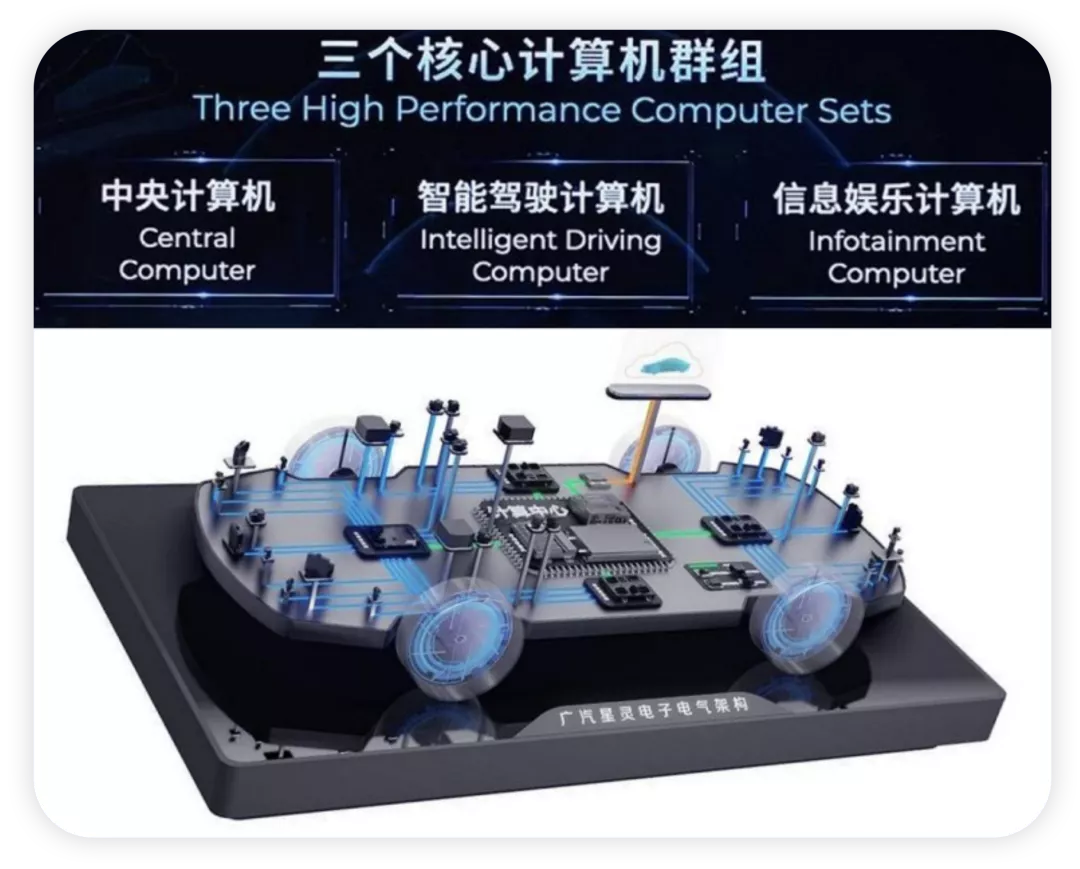
The Computational Cores of GAC Motors’ Core Controllers
That is to say, a traditional BCM that could handle 300-400 iterations is now upgraded to a Body Domain that can handle 600-800 iterations. It integrates the entire vehicle control system into one step, and integrates a considerable part of the new energy overall control (VCU functions such as charging, high voltage management and energy estimation, etc.) in the Body Domain and new energy overall management domain, raising the price to over 1.5K.
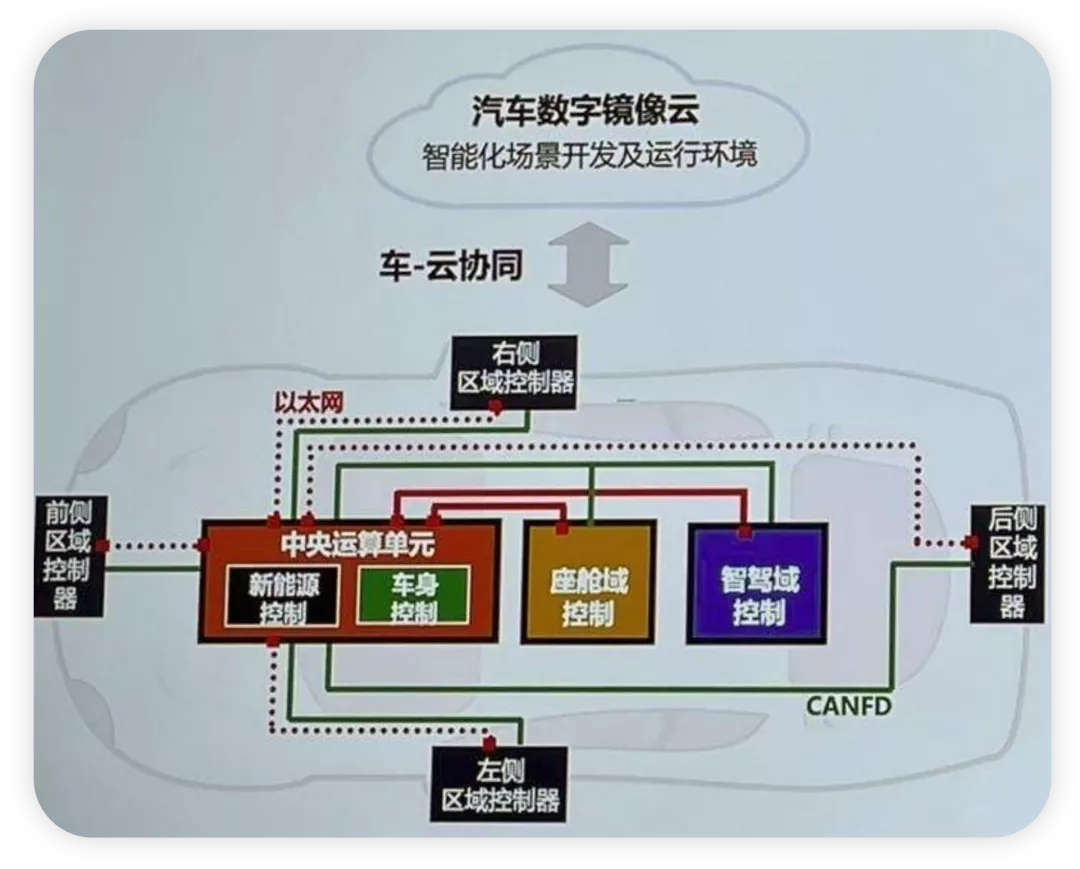
We can take a look at the operating cores of the three core computers from GAC Motors: the central computer, intelligent driving computer, and information entertainment computer:
●Body Domain (Central Processing Unit)
Equipped with the NXP S32G399 high-performance gateway computing chip, which consists of 8 A cores + 4 M cores.
●Cockpit Domain (On-board Computer)
Equipped with Qualcomm 8155/8295 chips, with 105K DMIPS computing power, it supports 3D character image rendering. Currently, facial recognition and AR-HUD are both realized through this chip.
●Intelligent Driving Domain
Equipped with Huawei Ascend 610 high-performance chip, with a computing power of 400TOPS, it can achieve 2.4GPix/sISP image processing capability.
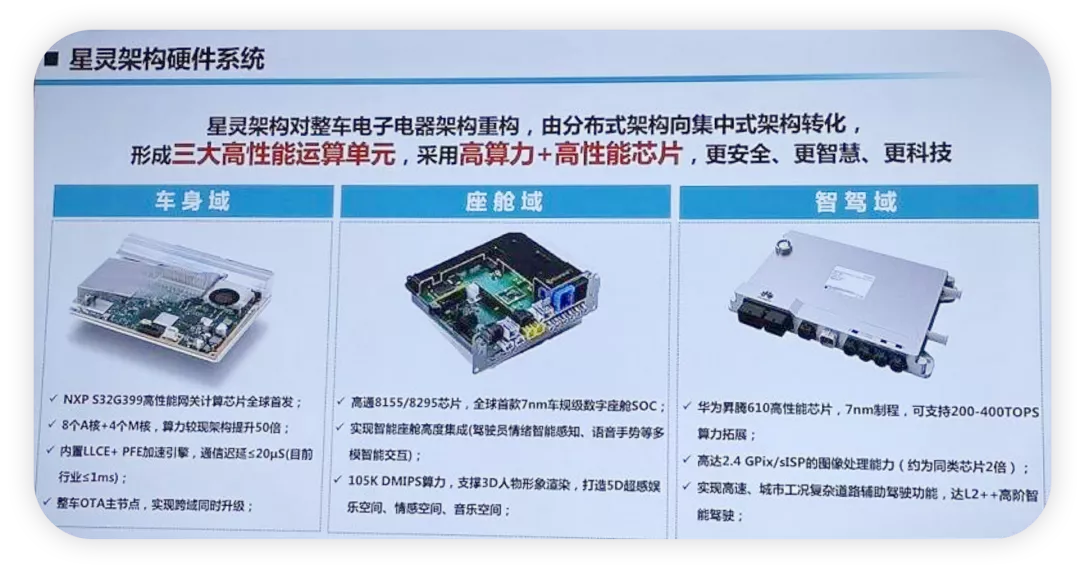
In terms of structural composition, the Zonal controller is imported from the domain control and combined with the central computing center composed of the central processing unit, information entertainment controller, and autonomous driving controller that are connected by Ethernet.From the functional allocation, the drive control of the front and rear light groups is integrated into the front and rear zone controllers. The basic middleware layer of this software architecture adopts atomic service encapsulation and standardized interfaces. The middleware layer also uses enhanced composite services that can be executed independently. The software layer of the APP is decoupled from the underlying independent components and can directly call services.
This method directly tests GAC’s own software development capabilities. Compared with SAIC, which takes a high profile and strikes hard, GAC’s relatively aggressive electronic and electrical architecture is also quite surprising.
It should be noted that many of the original ECUs around this architecture have been integrated into the Zonal controller, and the number of separate ECUs (traditional safety and chassis) may not exceed 10.
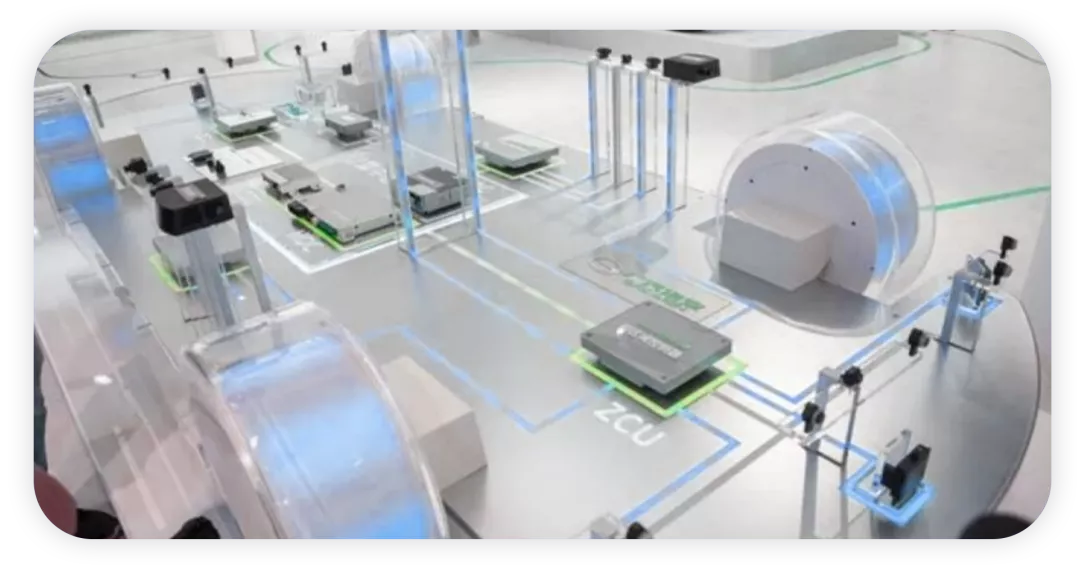
Body Computer
What interests me more is the S32G339 body computer processor used by GAC. The S32 series products share multiple IP cores, and S32G is mainly promoted for central gateways, service gateways, domain controllers, security coprocessors, and central vehicle control units.
At around December of last year, NXP released information about the S32G3 series devices. The newly launched S32G3 product software and pin compatibility are convenient for platform design, and computing power, on-chip SRAM, and network bandwidth have been greatly improved. Here, NXP also bundles a whole set of solutions through S32G3, and combines:
●High-speed communication
The SJA1110 multi-gigabit-level secure automotive Ethernet switch complies with the latest TSN standards and provides integrated 100BASE-T1 PHY, hardware-level security functions, and multi-gigabit-level interfaces.
●Power management architecture and security
The matching chips of PF53 and VR5510 are high-performance 12A core power supply stabilizers with adaptive voltage positioning (AVP) functions.
Combined with the existing CAN series communication of NXP itself, it can realize redundant communication with Zonal in high-speed CAN and Ethernet.
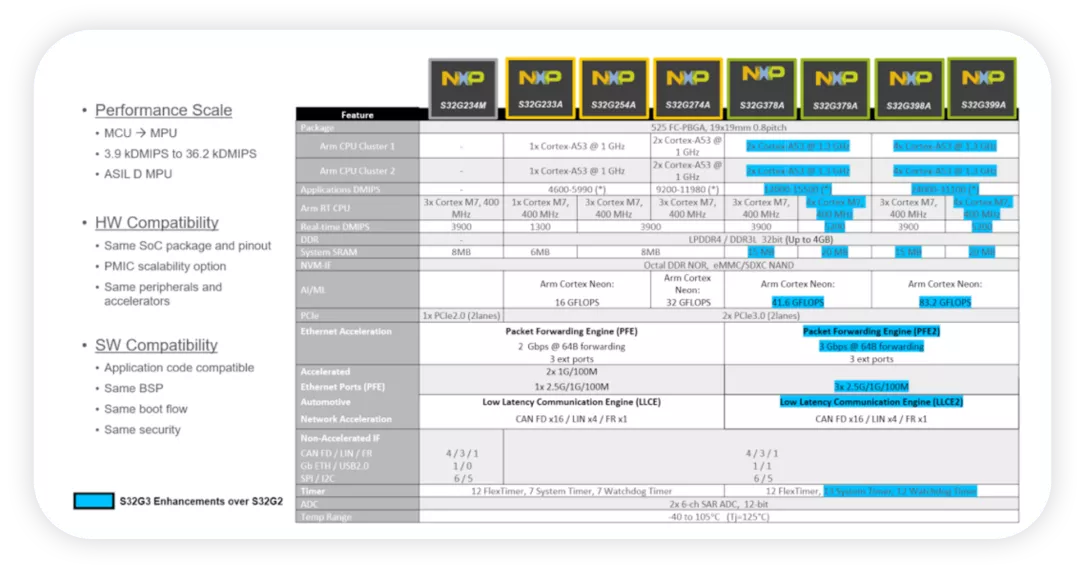
S32G3 primarily increases processing capability by adding processing cores to enable more basic software to run in it.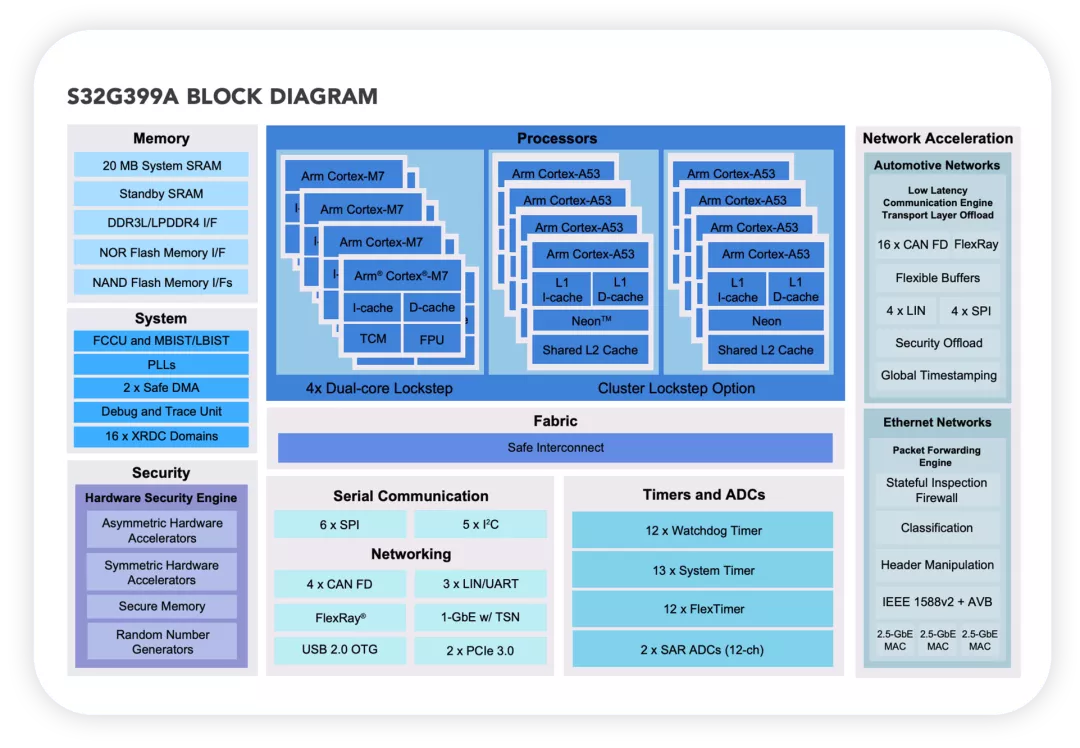
Summary: From the current perspective, it is impossible for automotive chips, especially the MCU series, to increase to dozens as NXP said. If we look at the architecture of Guangzhou Automobile Group, S32G3 uses one (plus a backup MCU), S32K uses four, and 10 MCUs are reserved in the 10 ECUs. This core chip structure around high computing power simplifies the entire automotive electronics and makes it easy to be matched as a whole system. Personally, I feel that we really need to start with large chips.
This article is a translation by ChatGPT of a Chinese report from 42HOW. If you have any questions about it, please email bd@42how.com.
